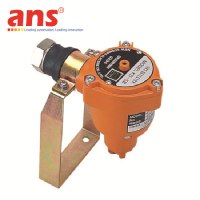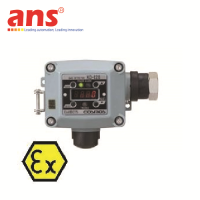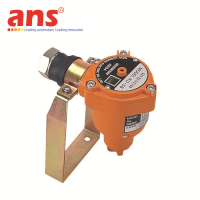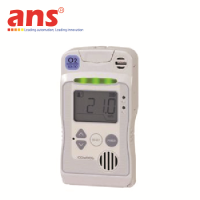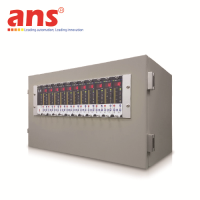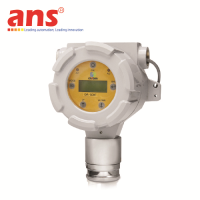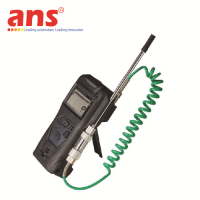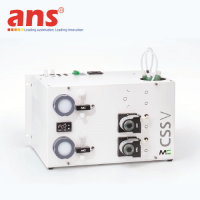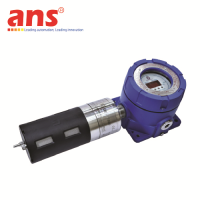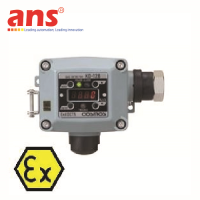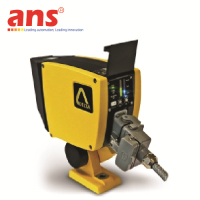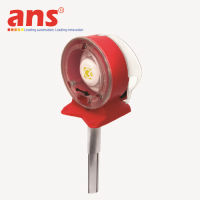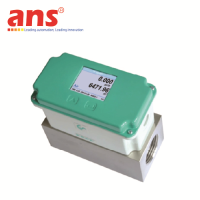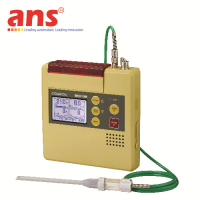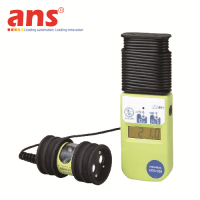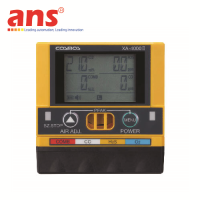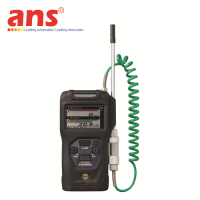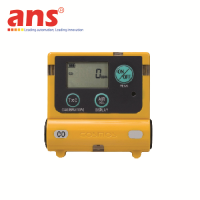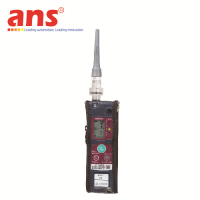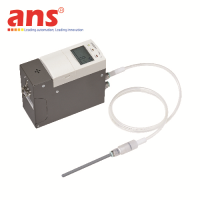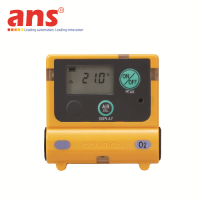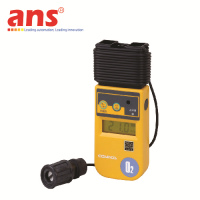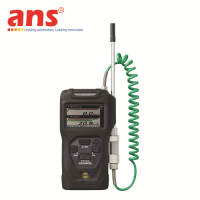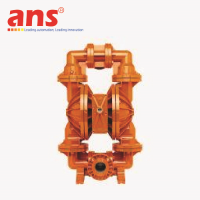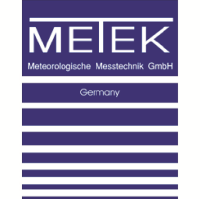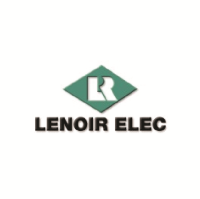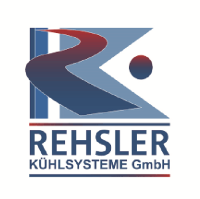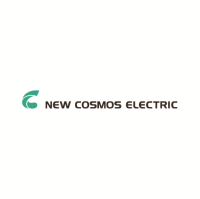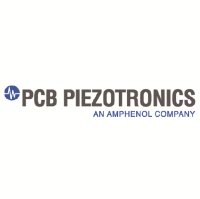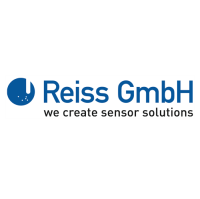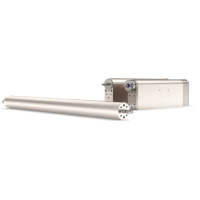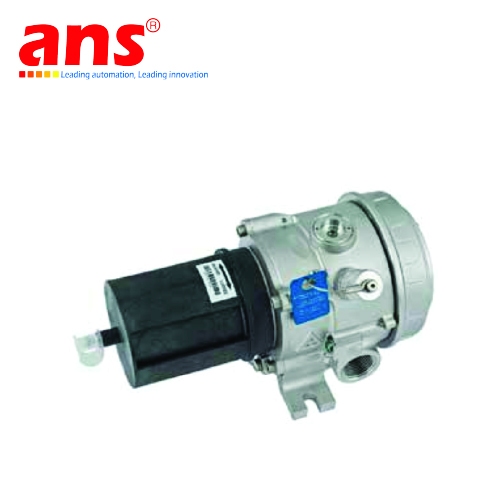
Infrared Hydrocarbon Gas Detector 006682-002 DET-TRONICS Vietnam
Price: Contact
Brand: DET-TRONICS
Category: Gas Detector
Supplier: ansvietnam
Origin: USA
Infrared Hydrocarbon Gas Detector 006682-002 DET-TRONICS Vietnam
APPLICATION
The PointWatch™™ Eclipse® Model PIRECL is a diffusion-based, point-type infrared gas detector that provides continuous monitoring of combustible hydrocarbon gas concentrations in the range of 0 to 100% LFL.
Three basic configurations are available:
- 4-20 mA output with HART communication pro-tocol and RS-485 Modbus communications.
- 4-20 mA output with HART communication pro-tocol and RS-485 Modbus communications, with two alarm relays and one fault relay.
- Eagle Quantum Premier (EQP) compatible ver-sion (no analog or relay outputs).
All units are powered from 24 volts DC, and are furnished with an onboard "status indication" LED, an internal magnetic calibration switch and an external calibration line for use with the optional PIRTB remote calibration termination box.
The PointWatch Eclipse is ideal for use in harsh outdoor environments and is certified for use in Class I, Division 1, and Zone 1 hazardous areas. It can be used as a stand-alone detector, or as part of a larger facility protection system using other Det-Tronics equipment such as the FlexVu® UD10, UD20, UD30 Universal Display Unit, the U9500H Infiniti Transmitter, the R8471H Controller, or the Eagle Quantum Premier (EQP) Fire and Gas Detection/Releasing System.
OPERATION OVERVIEW
Flammable hydrocarbon gases diffuse through the weather baffle assembly into the internal measurement chamber, which is illuminated by an infrared (IR) source. As the IR passes through the gas within the chamber, certain IR wavelengths are absorbed by the gas, while other IR wavelengths are not. The amount of IR absorption is determined by the concentration of the hydrocarbon gas. A pair of optical detectors and associated electronics measure the absorption. The change in intensity of the absorbed light (active signal) is measured relative to the intensity of light at a non-absorbed wavelength (reference signal). See Figure 1. The microprocessor computes the gas concentration and converts the value into a 4-20 milliampere current output or digital process variable signal, which is then communicated to external control and annunciation systems.




